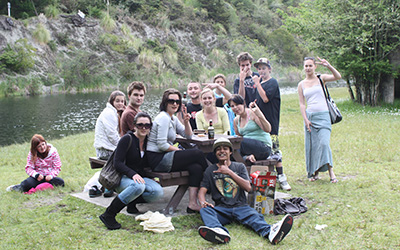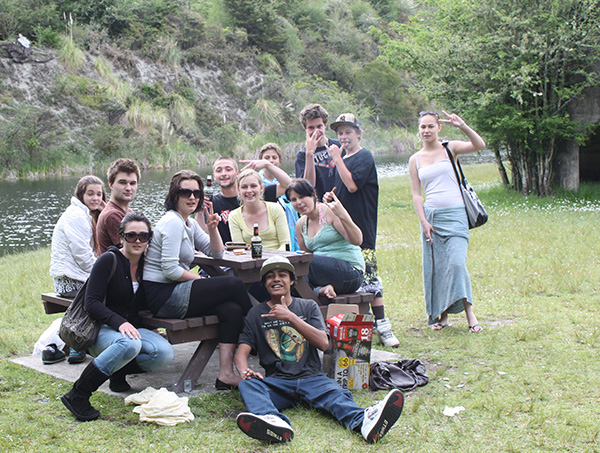Is planning Rodney sprawling Rodney?


Life’s a Lake: Generations of Warkworth’s young people have enjoyed small town life, including the freedom of the lake at the Wilson Cement Works. But the town-ness is being lost as an undemanding ‘You can’t stop progress’ mentality prevails. photographer Michael Bergin
Planning Rodney looks like a plan. Much of the hydrological catchment is shown in a Kaipara–Mahurangi green buffer—the largest of three that would stretch from coast to coast.
North of this green buffer is the northeastern mixed activity area, in a band that includes Warkworth, Matakana and Leigh. Warkworth itself is shown as a primary urban centre, with the focus on growth management.
The whole exercise is, in fact, is growth-focused; it would need to be. After all, Rodney District is growing faster in percentage terms than anywhere else in Aotearoa. While the deepening recession will buy some relief, the completion of the motorway to the Pūhoi Valley, and Lockwood Smith’s guarantee its continuation northward—and the undoubted success of the National Party in today’s election—will certainly power continued development pressure.
While this might be a little unfair, Planning Rodney has a whiff of ‘You can’t stop progress’. Just as many continue to opine that Winston Peters can never be counted out—long after the polling trend points to him being dog tucker.
In order to believe in a possibility, most of us have first to see it—David Lange lagged woefully in the preferred prime minister stakes, until immediately after the Labour Party he headed was elected.
Similarly, belief is needed that there are options to Rodney District simply continuing to sprawl. This means, amongst other things, designing new compact towns—where services are within walking distance—connected to other centres by public transport. And the existing, sprawling towns, can be civilised—for example by providing preferential parking for electric vehicles.
So while Planning Rodney looks like a plan, it is as well that the planners hear:
You can stop the sprawl, and we expect you to stop the sprawl.
